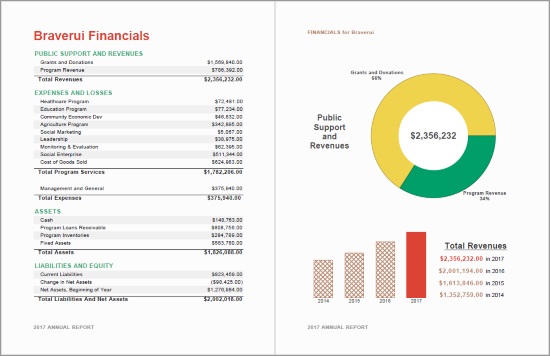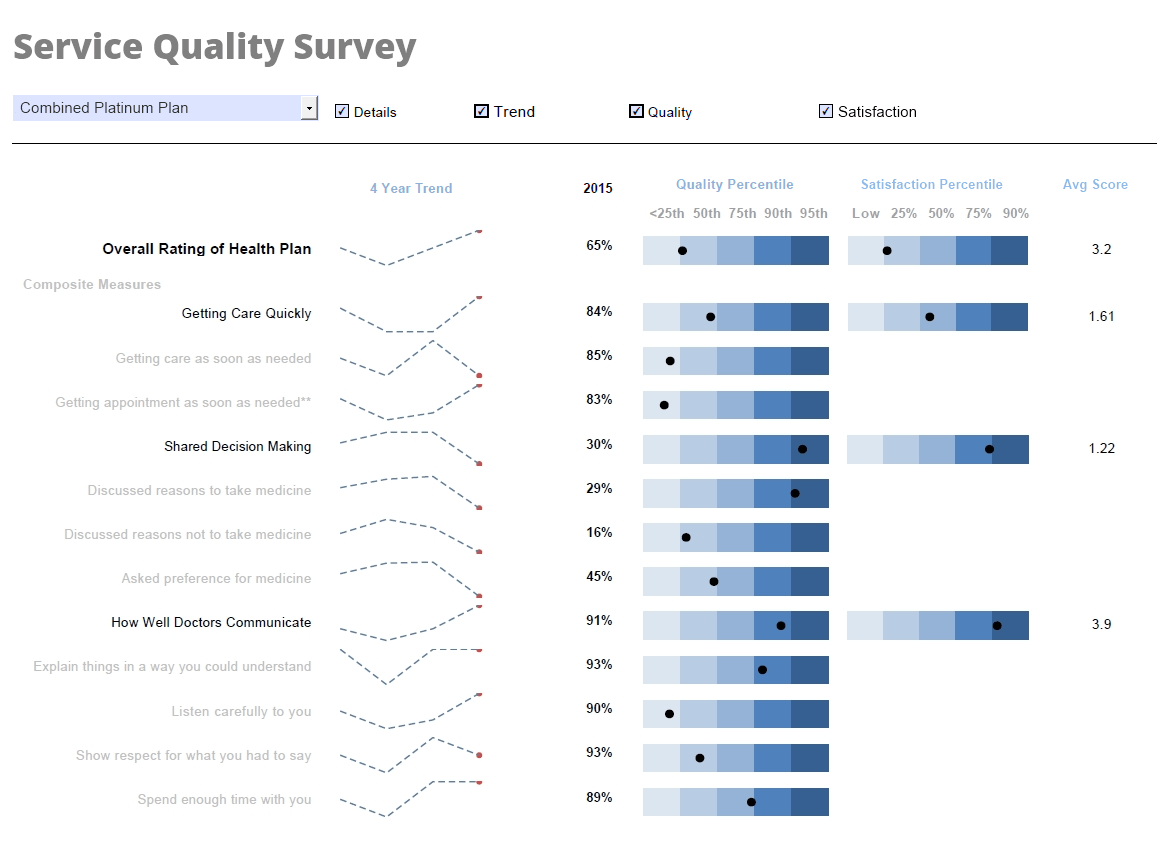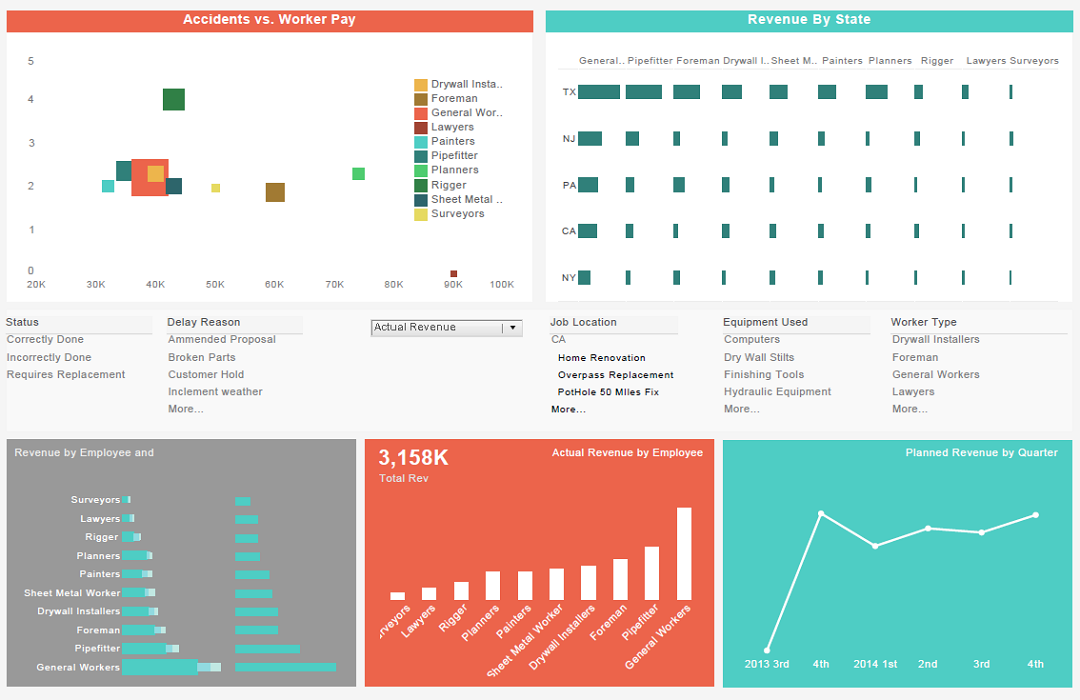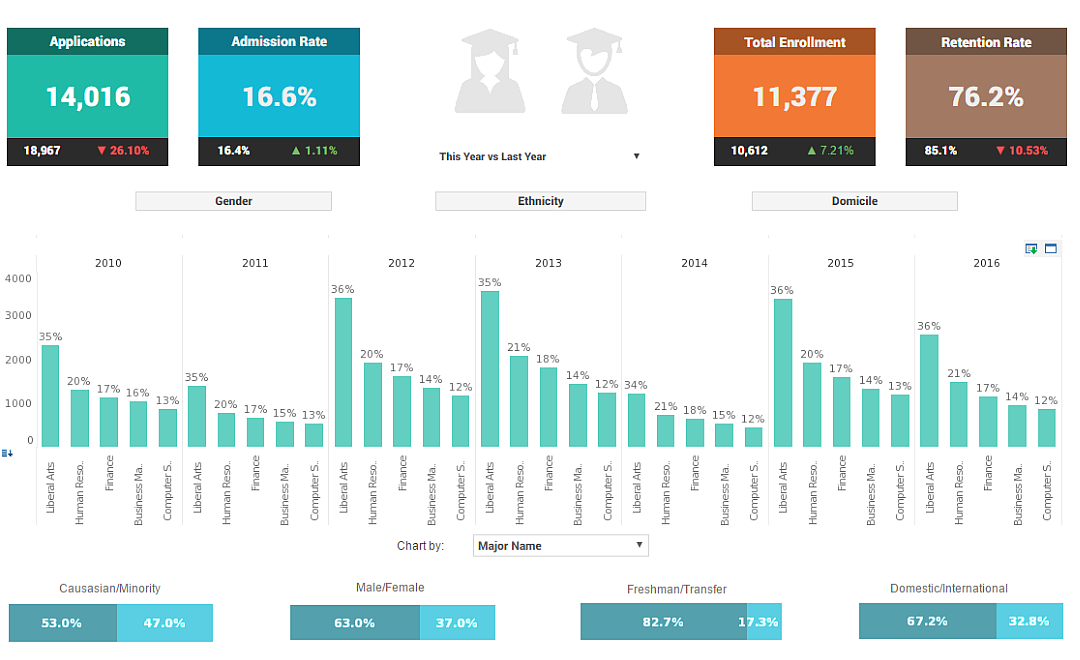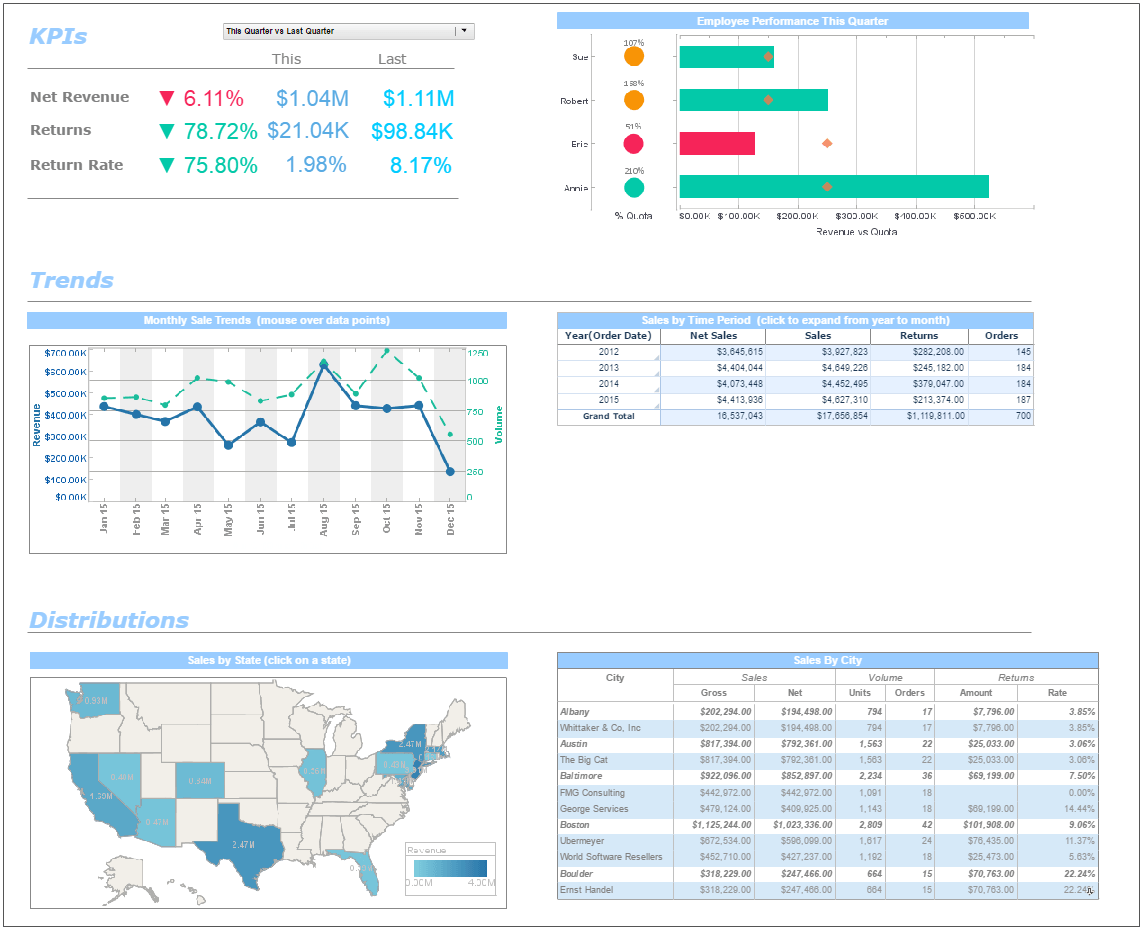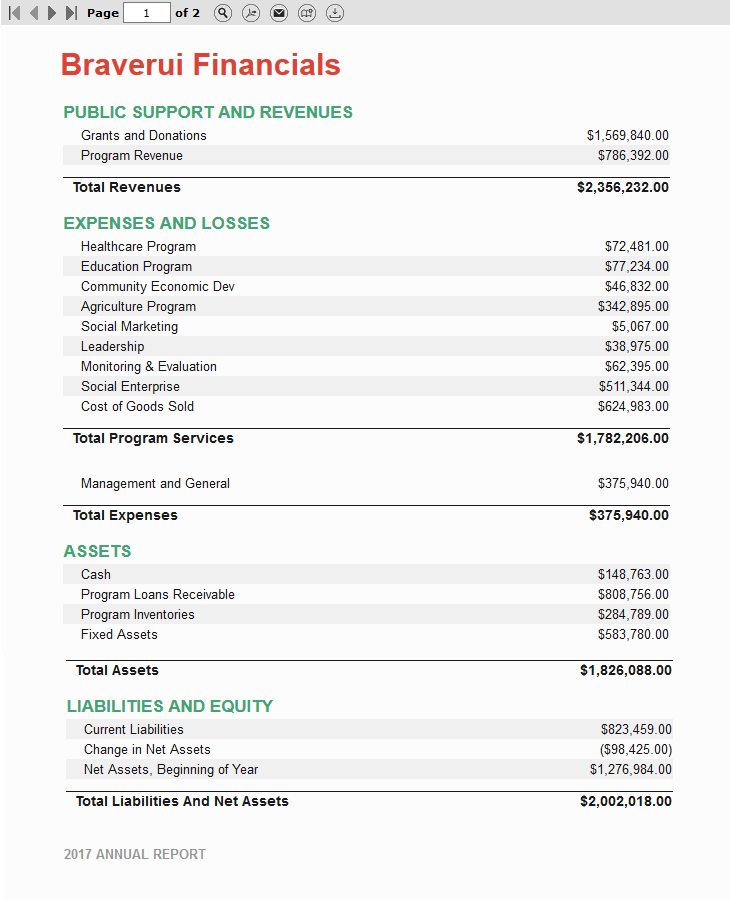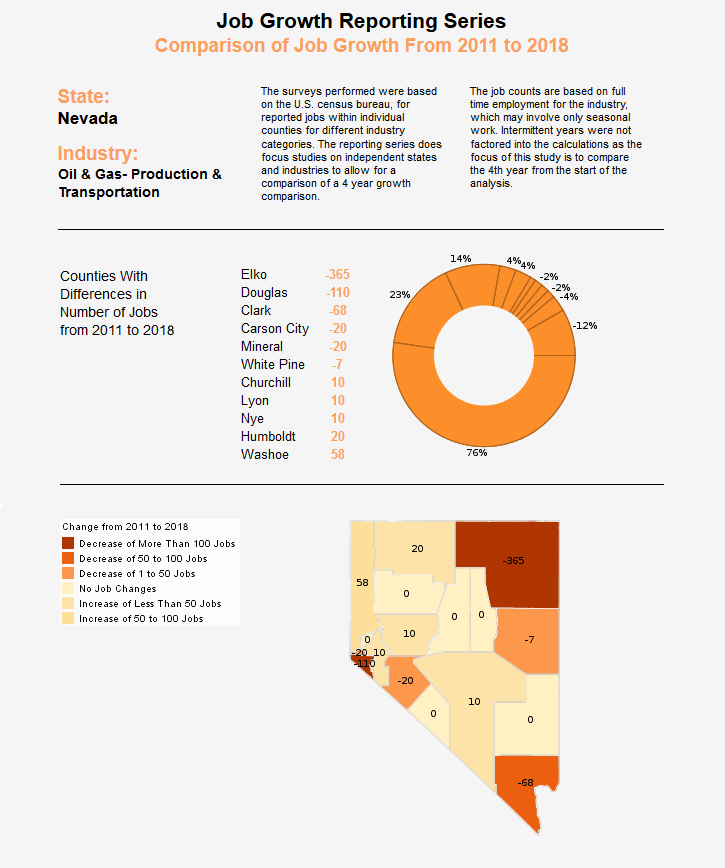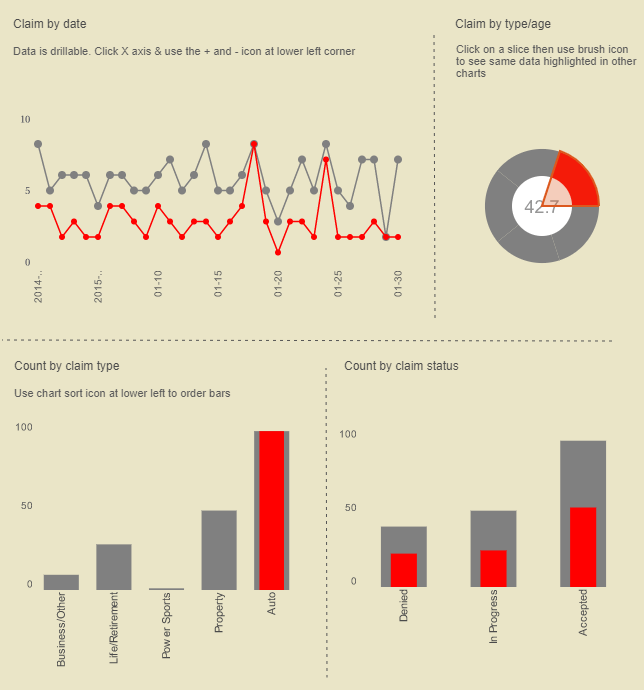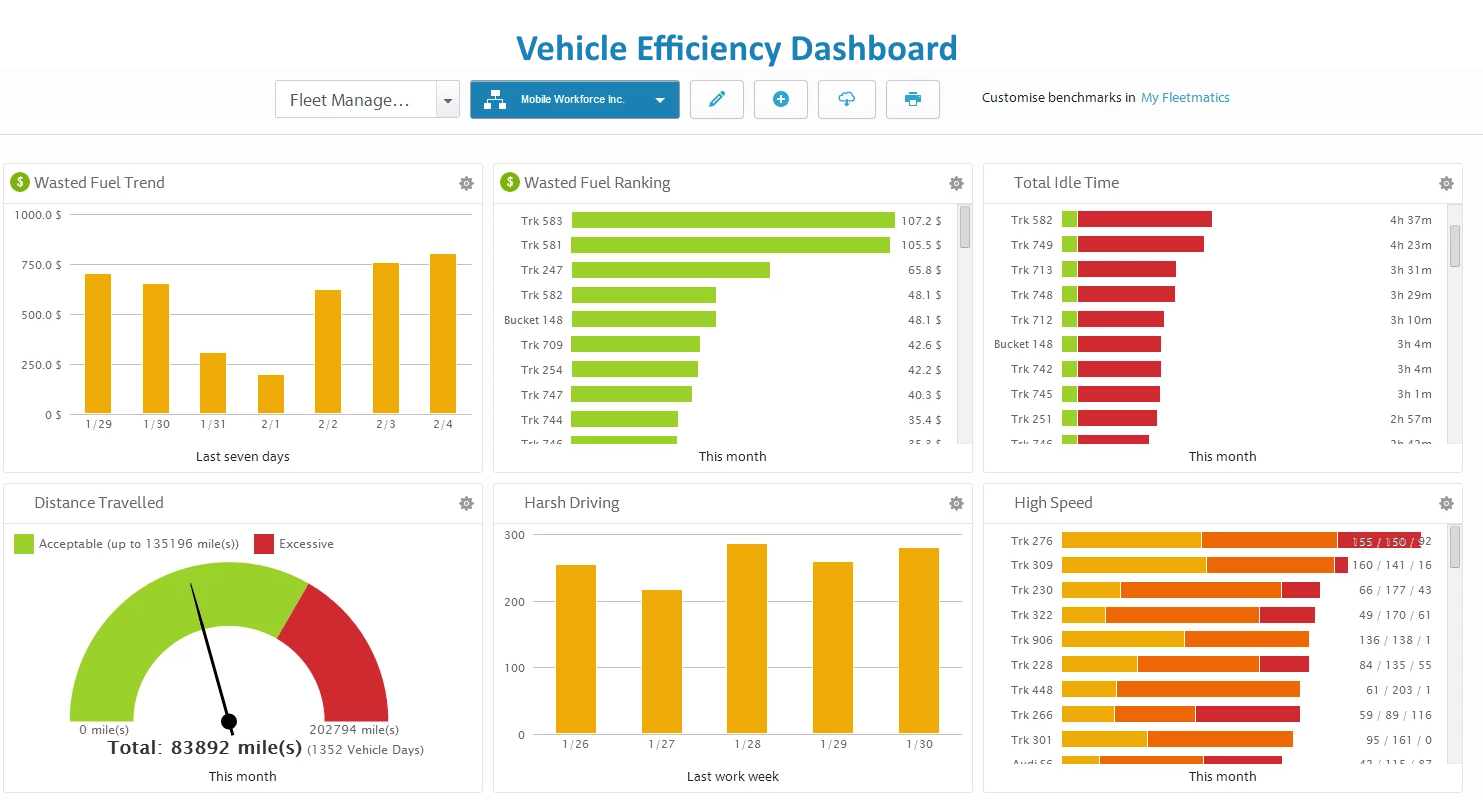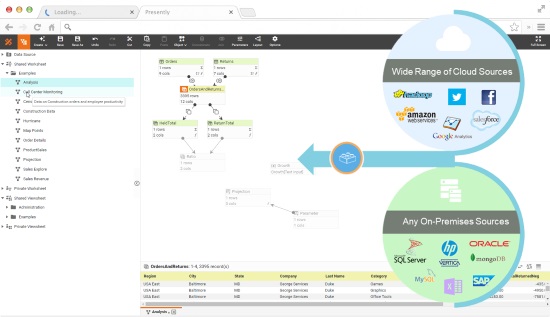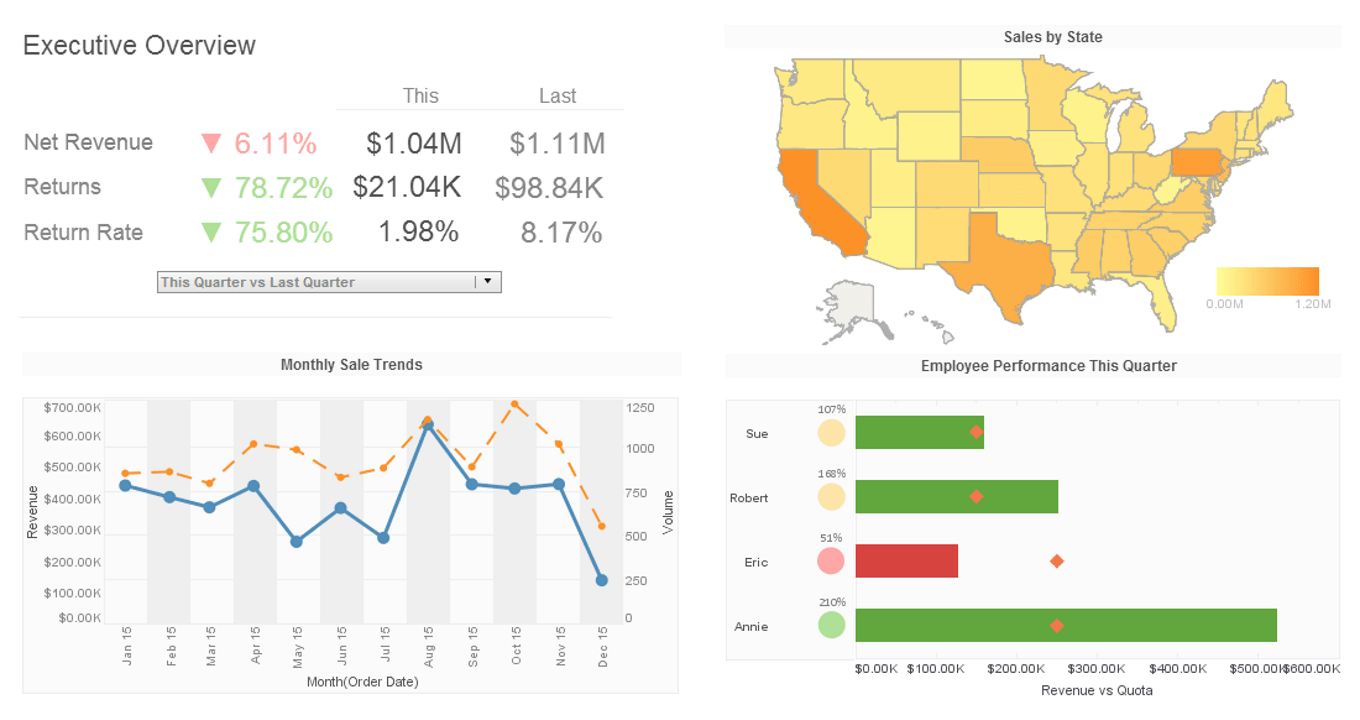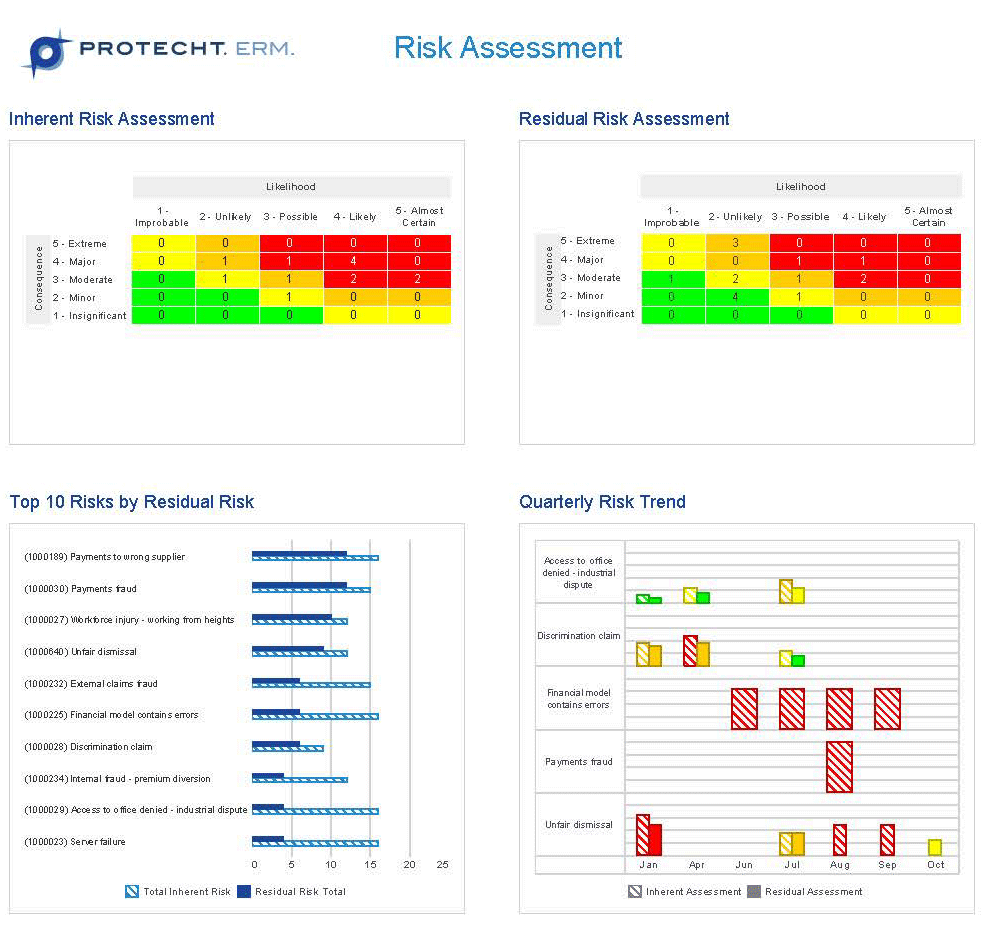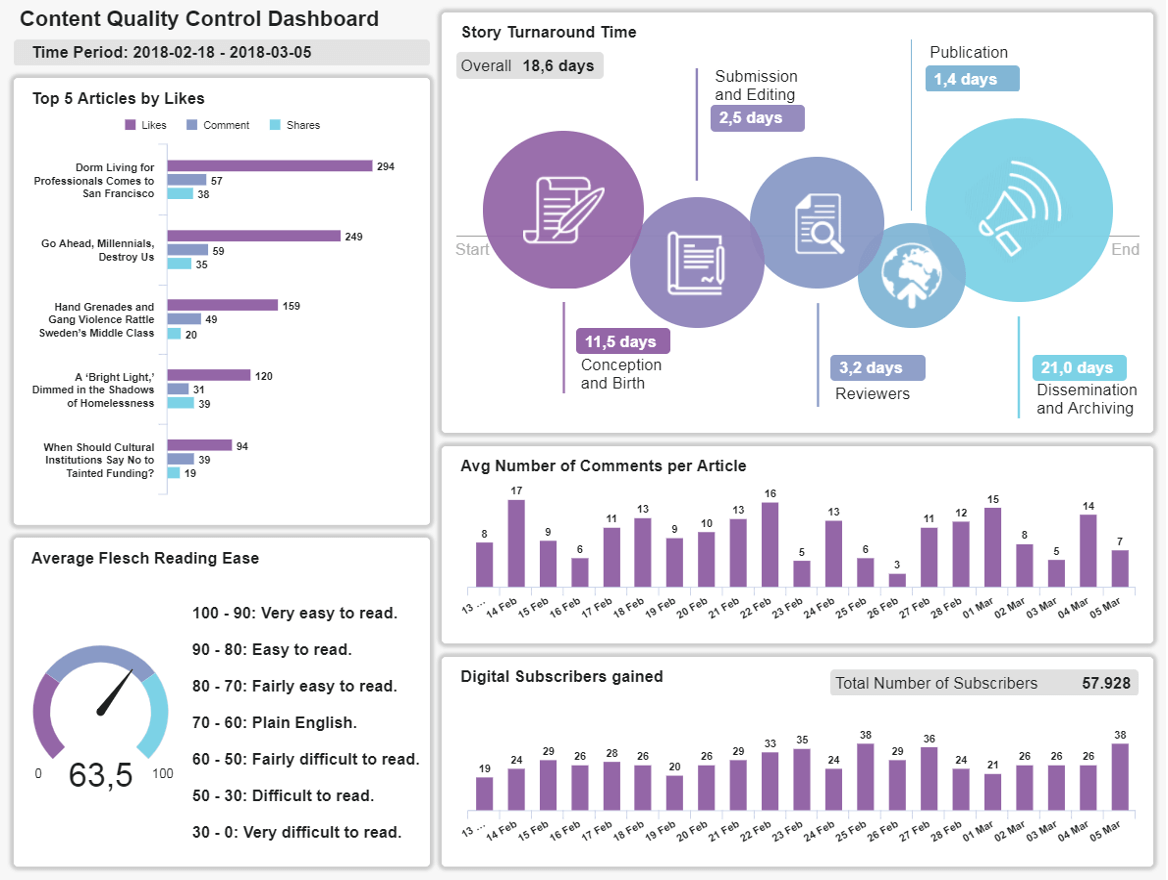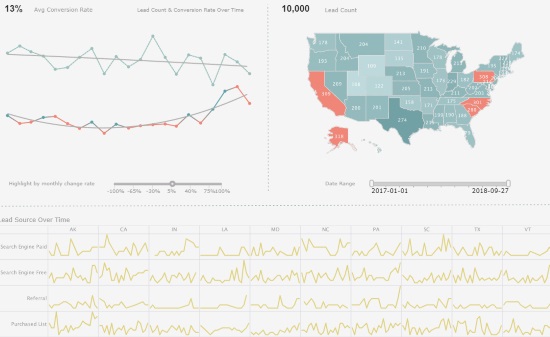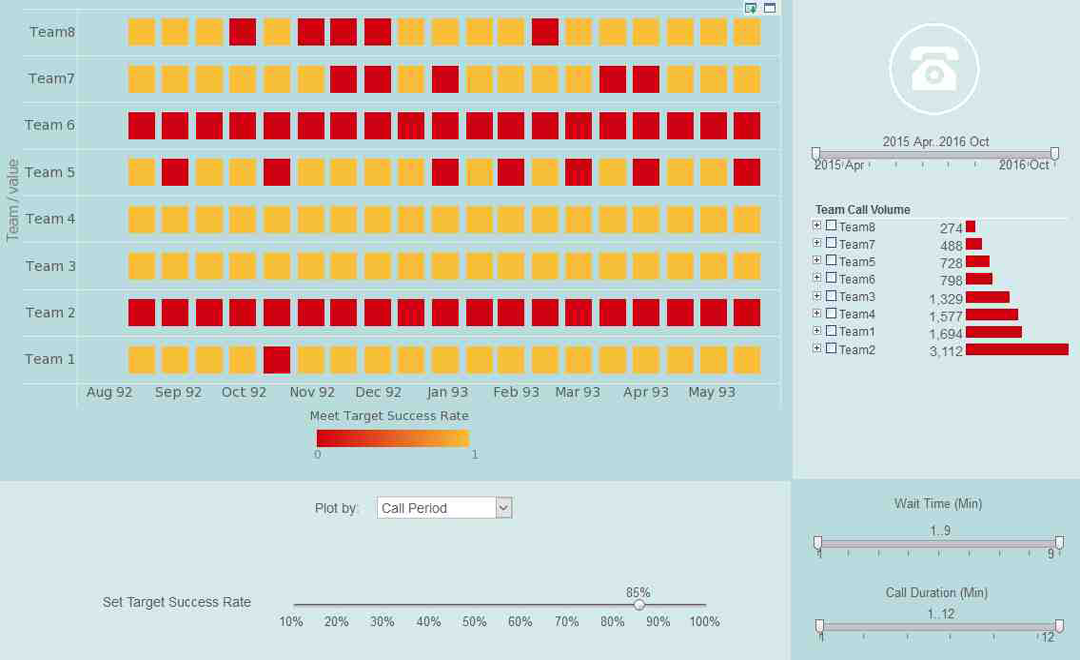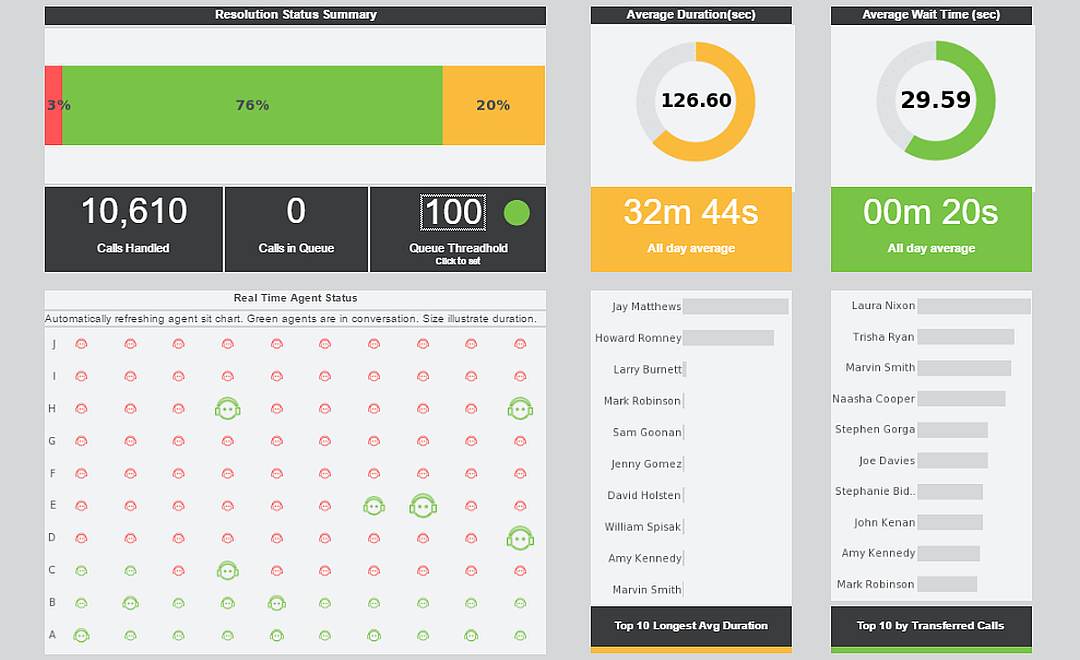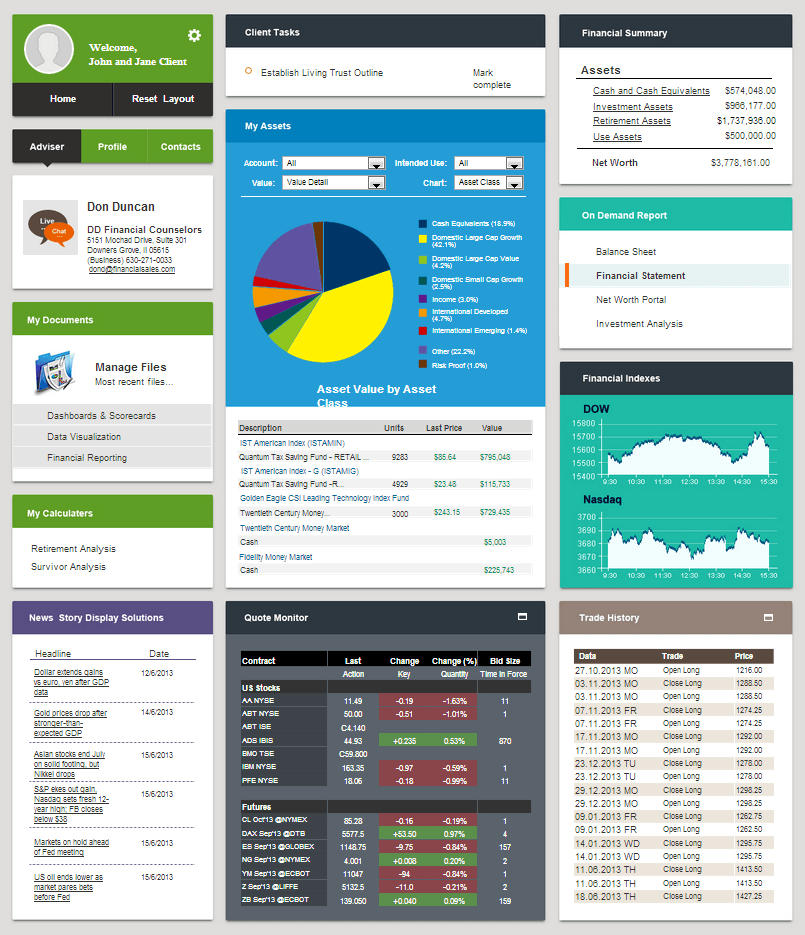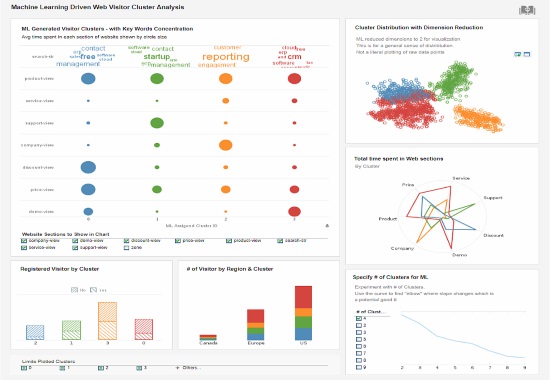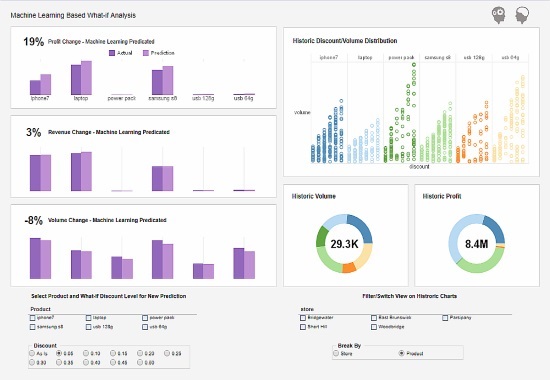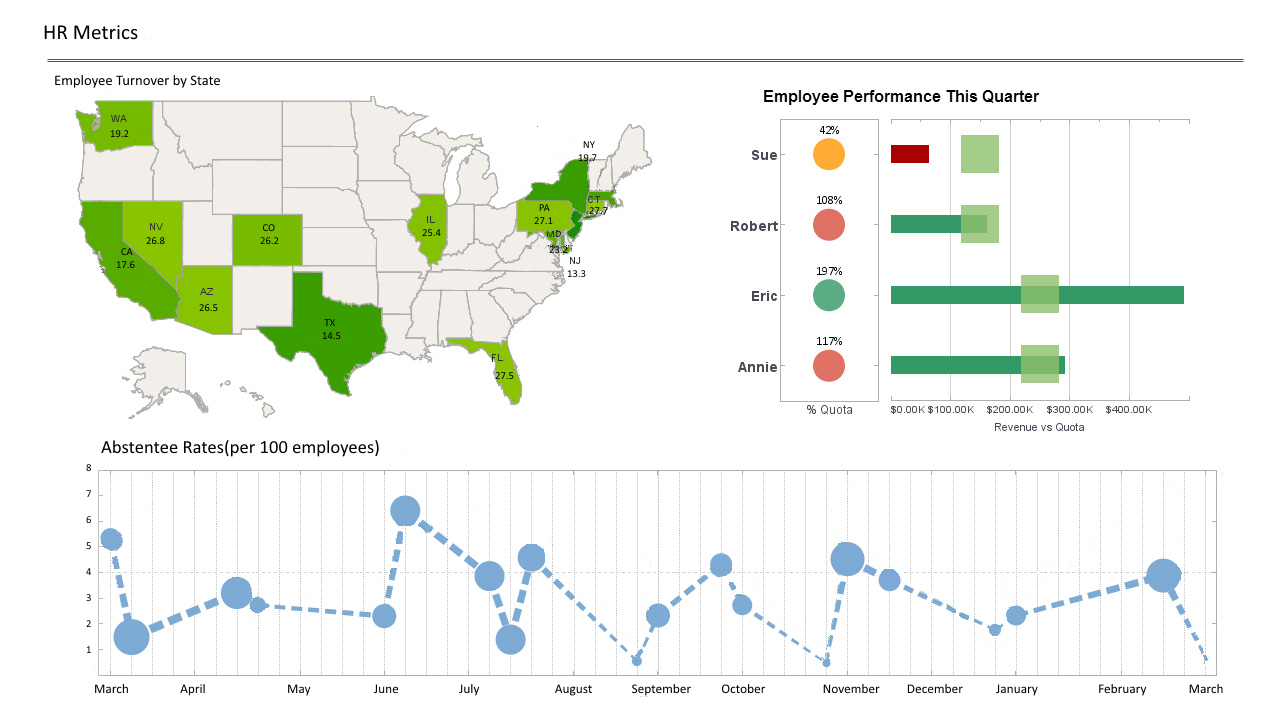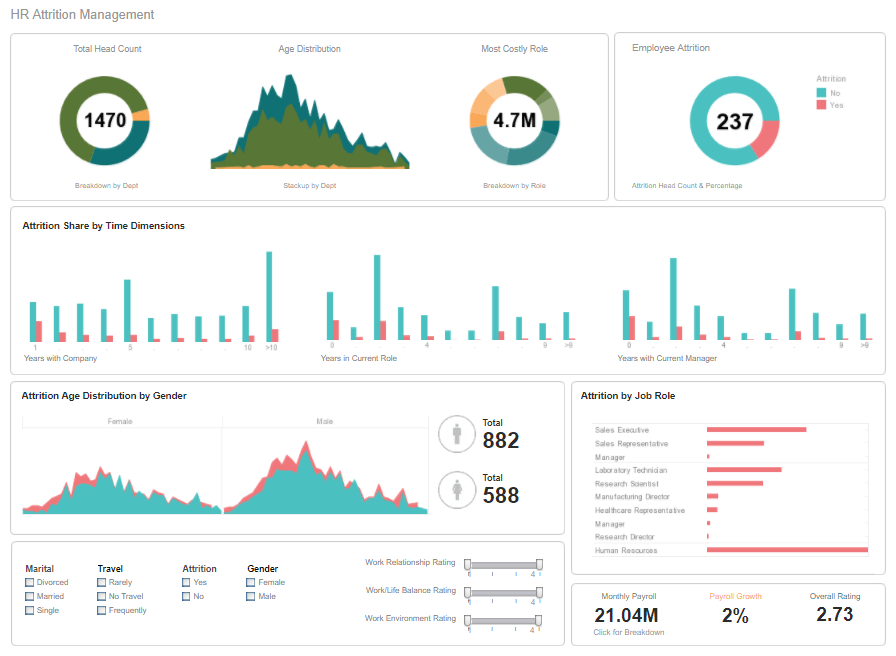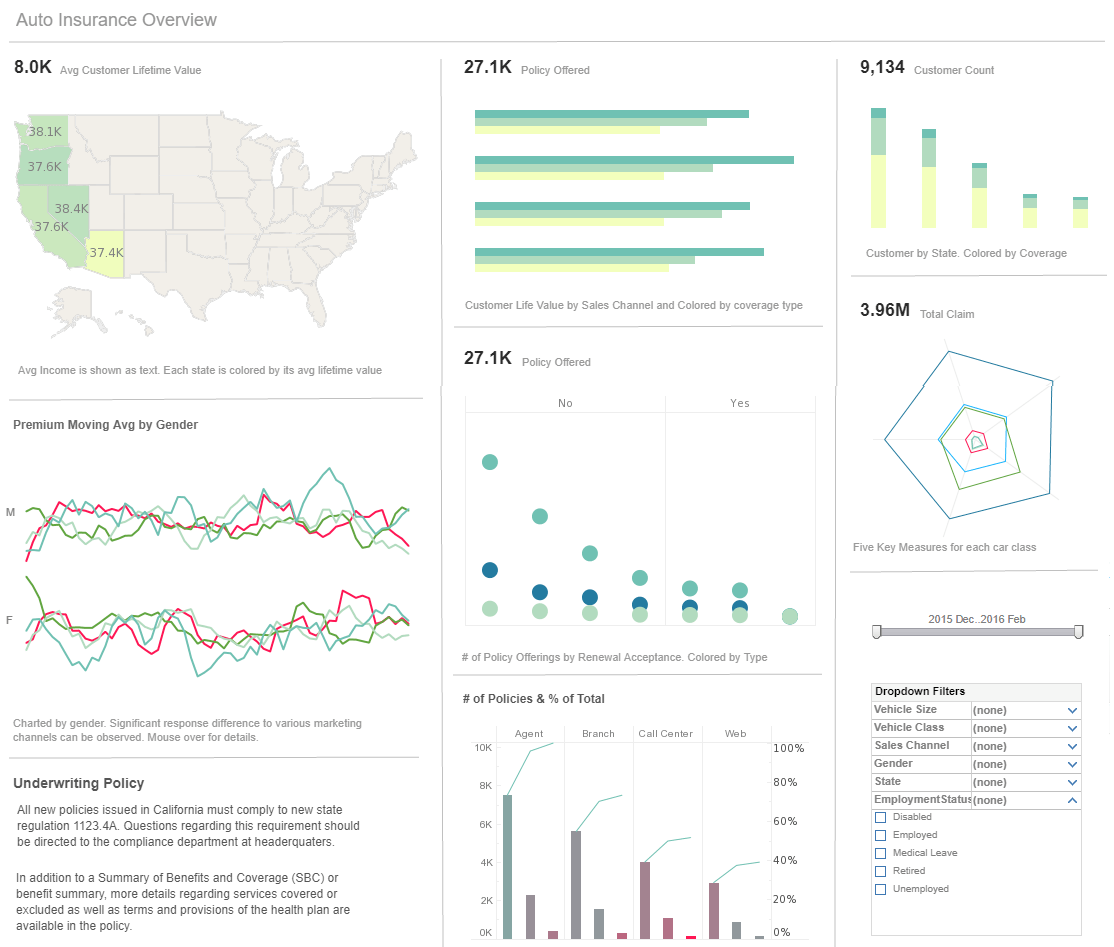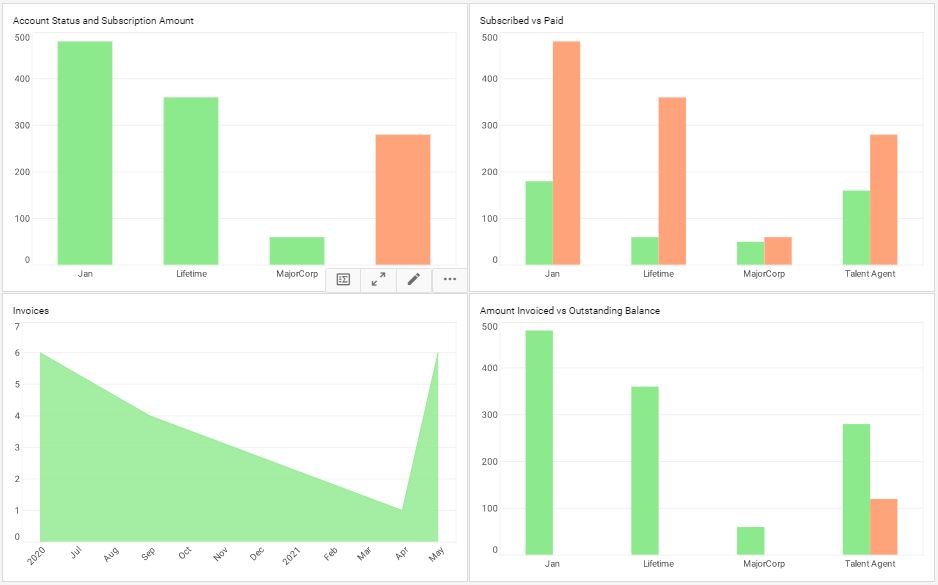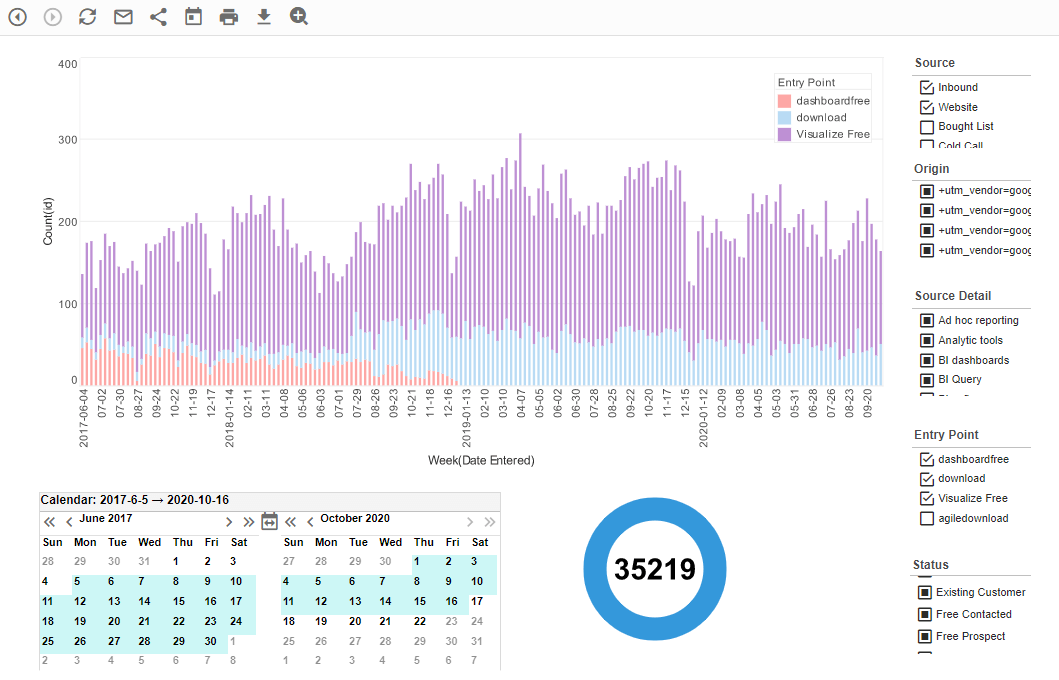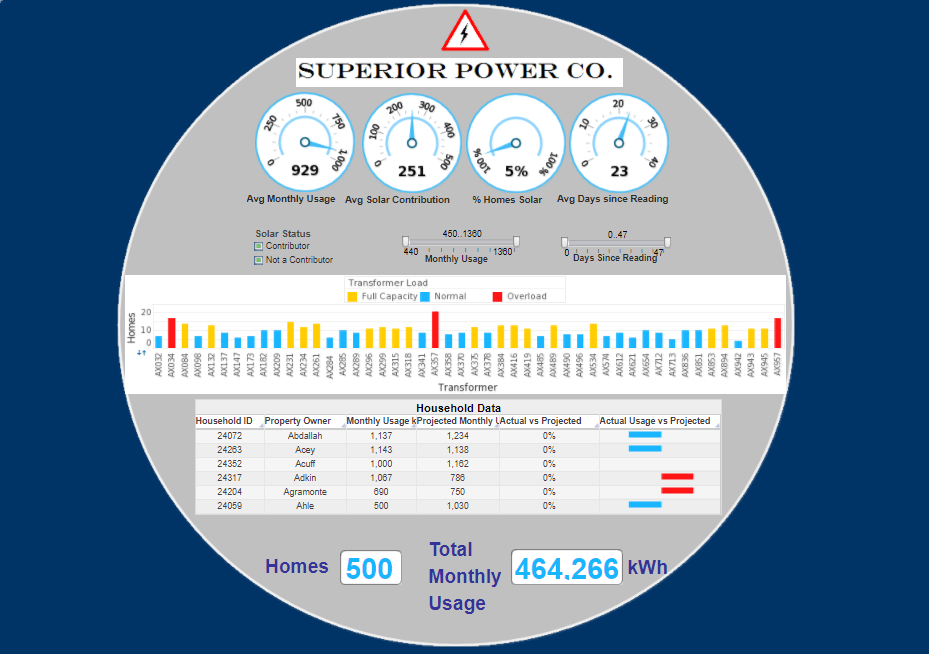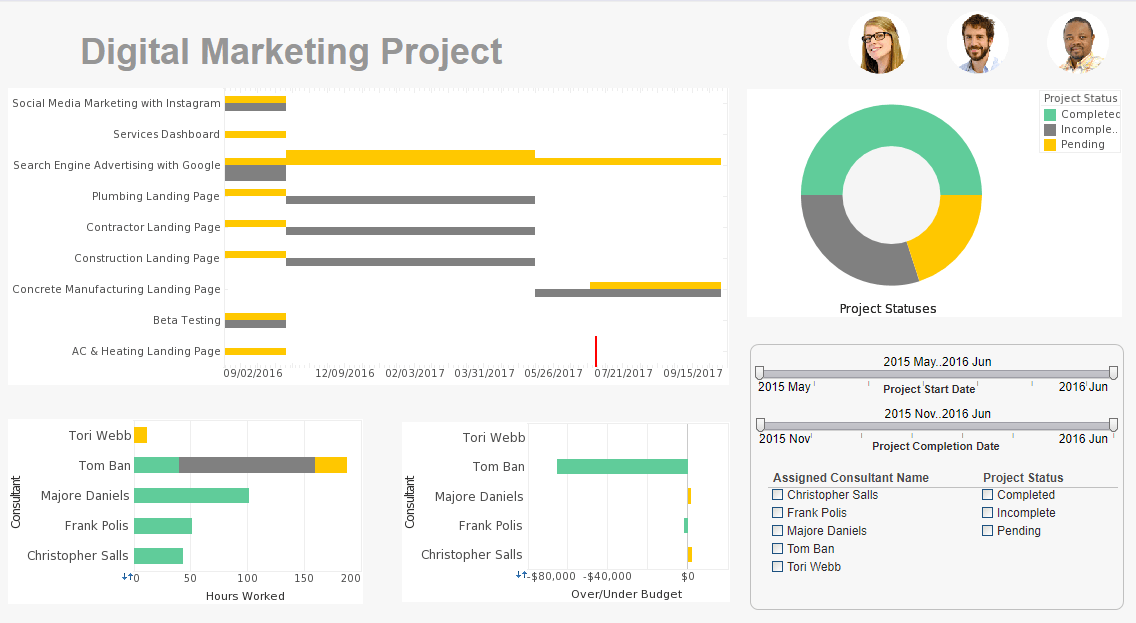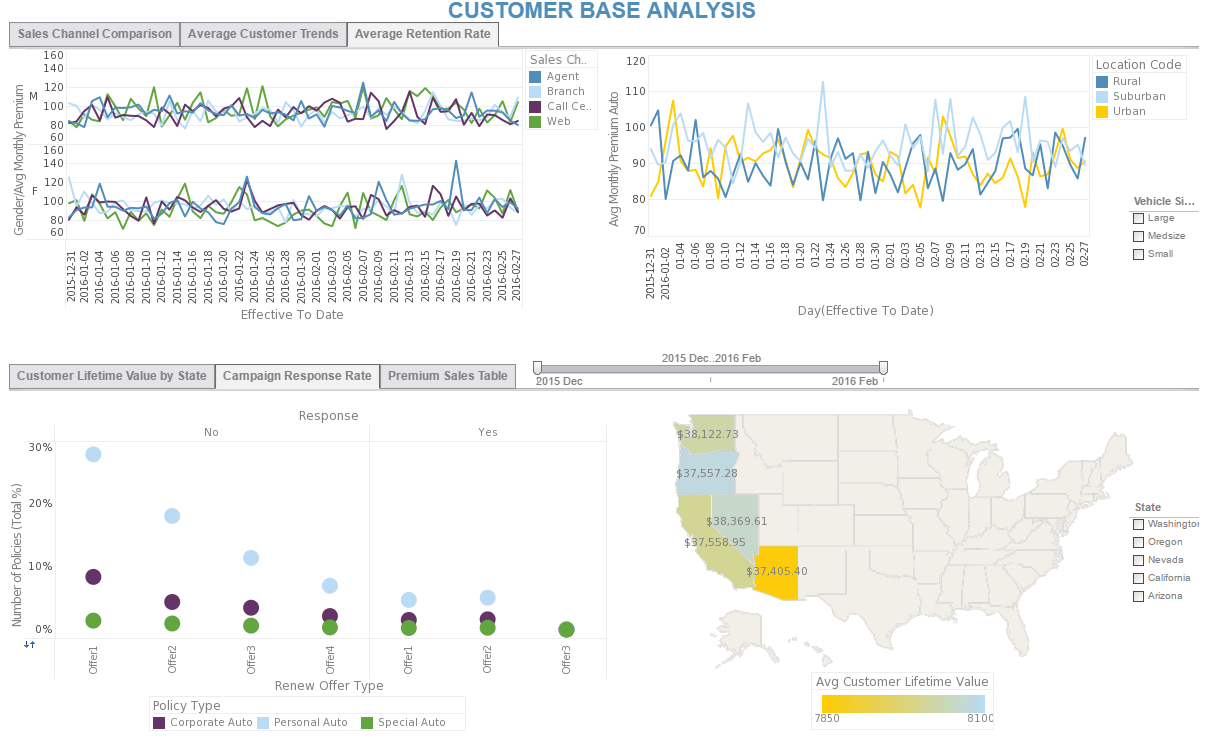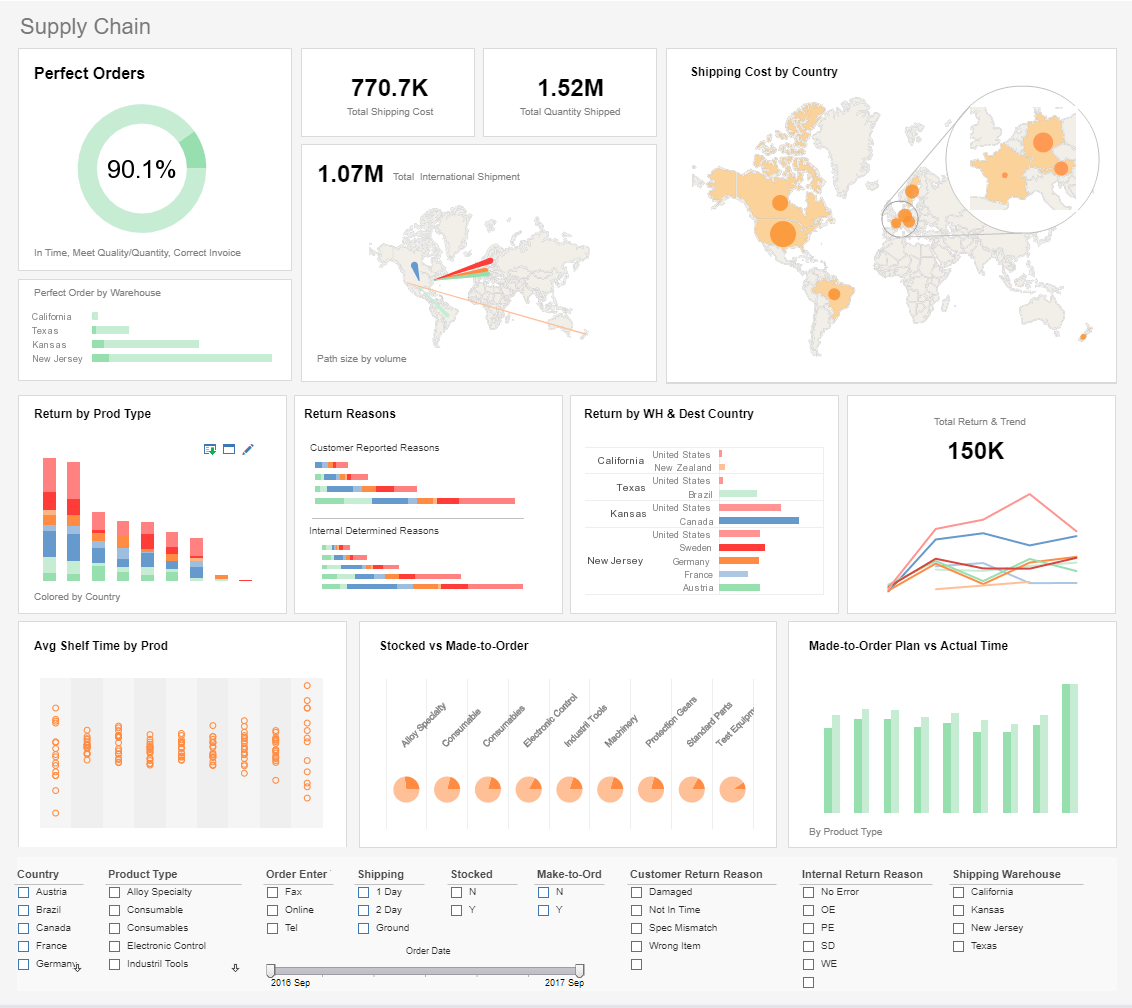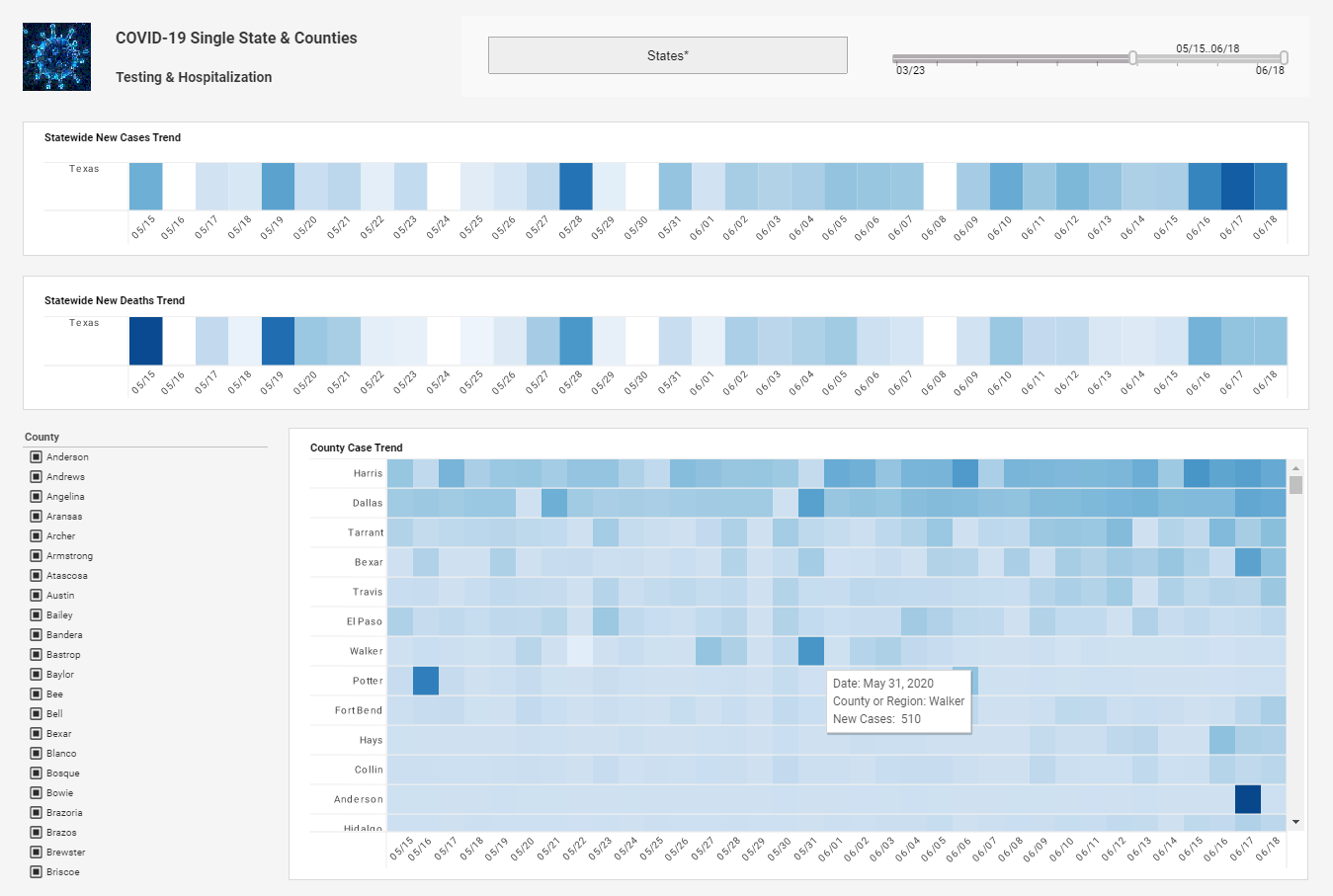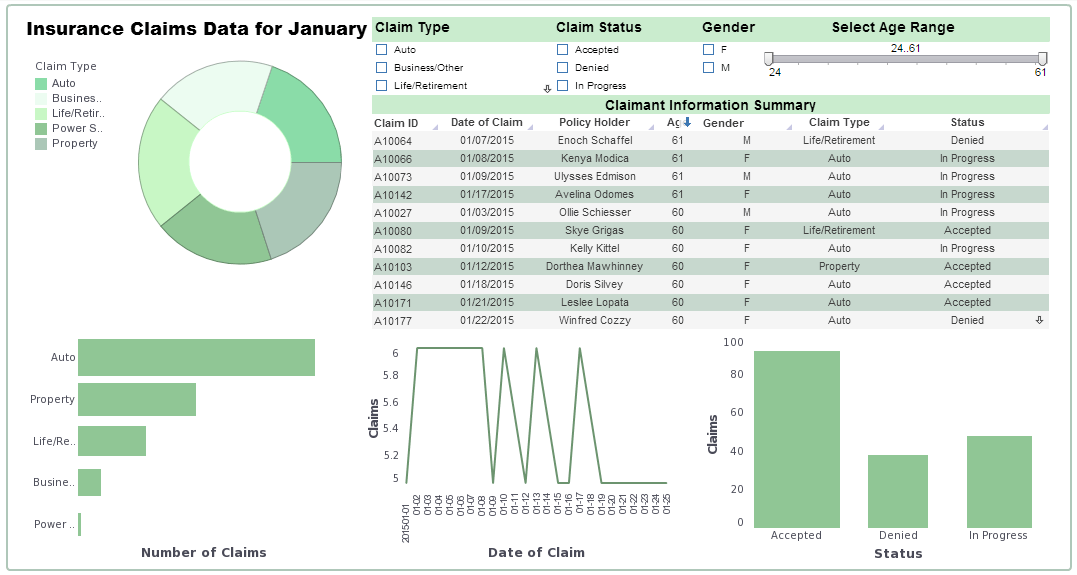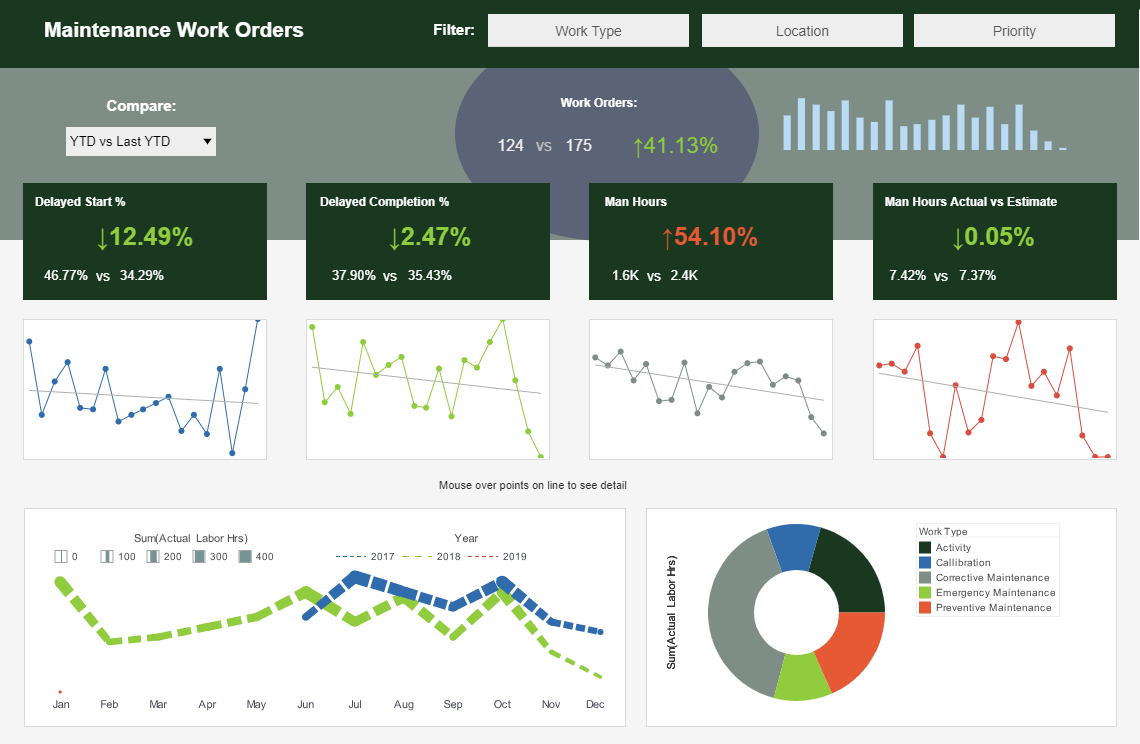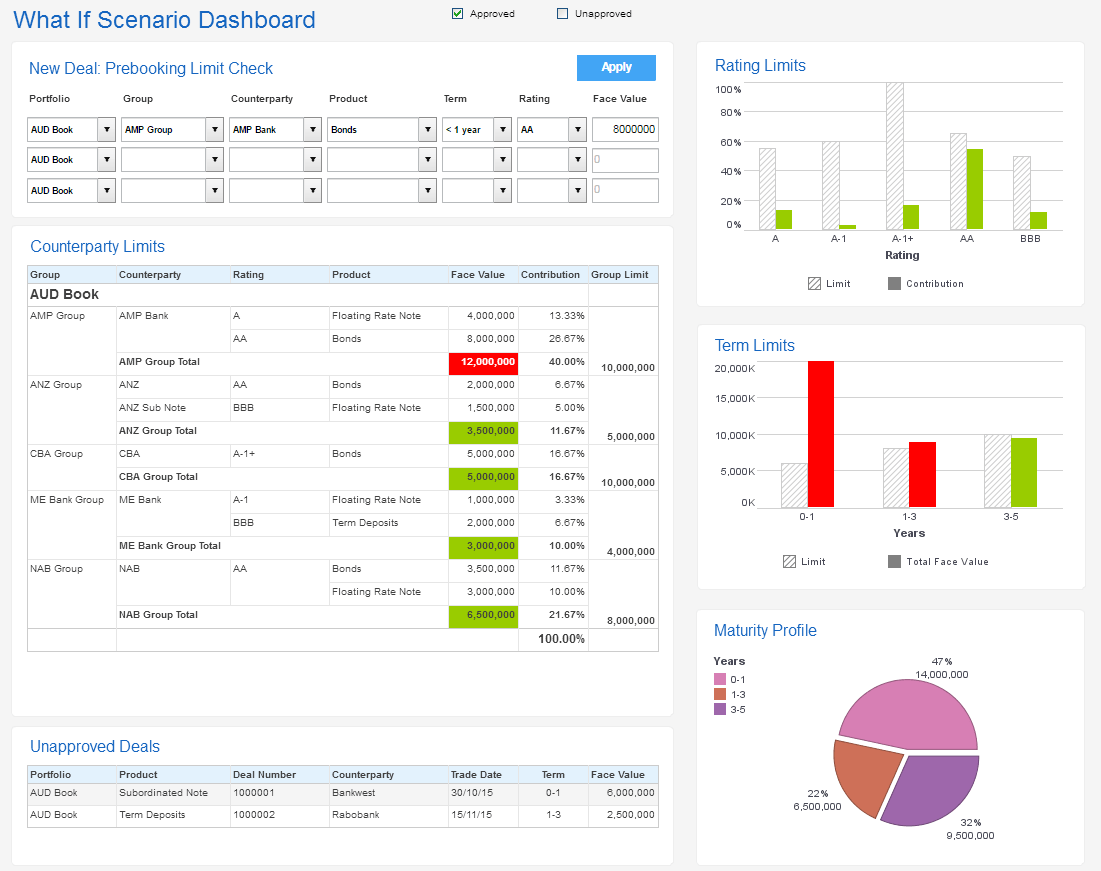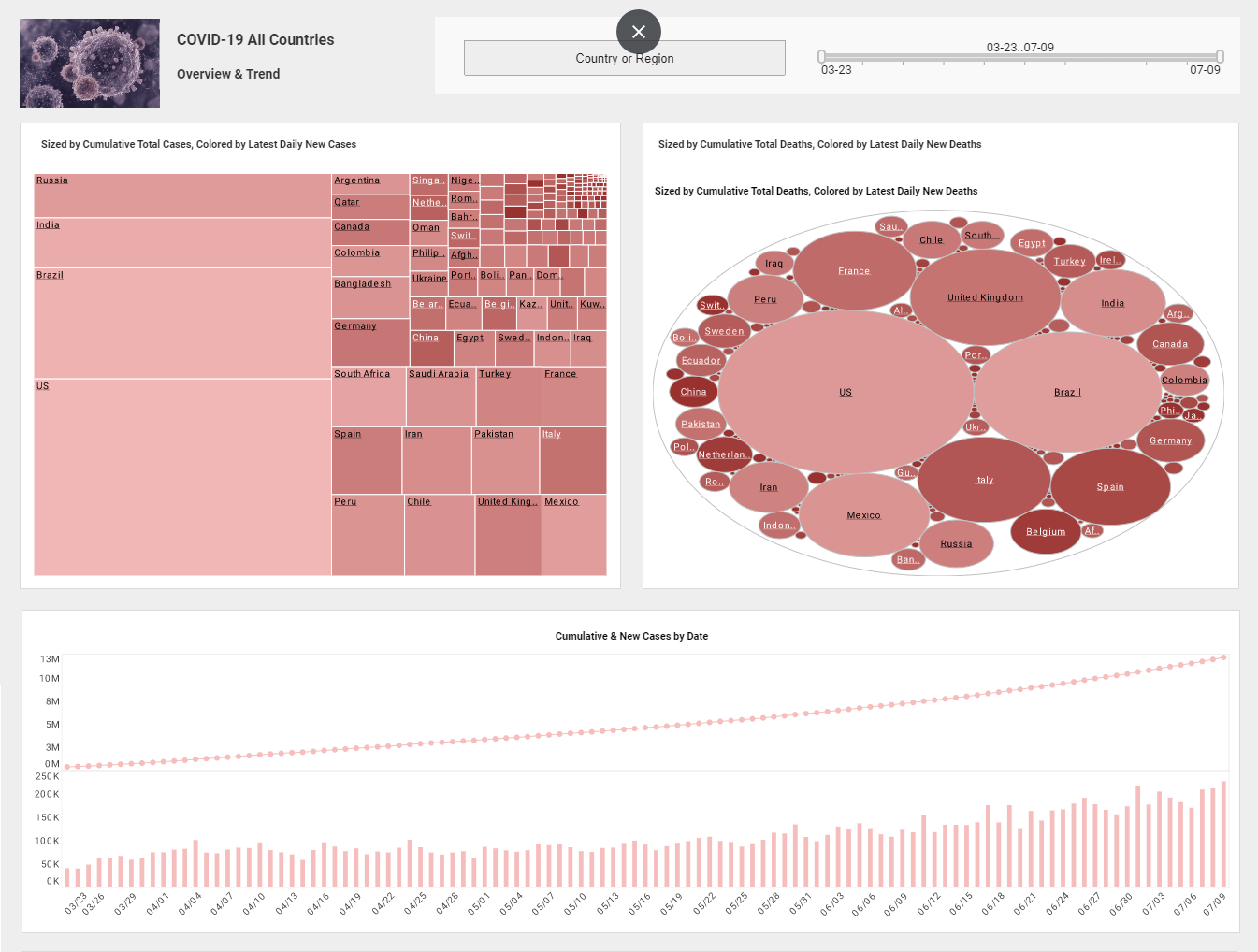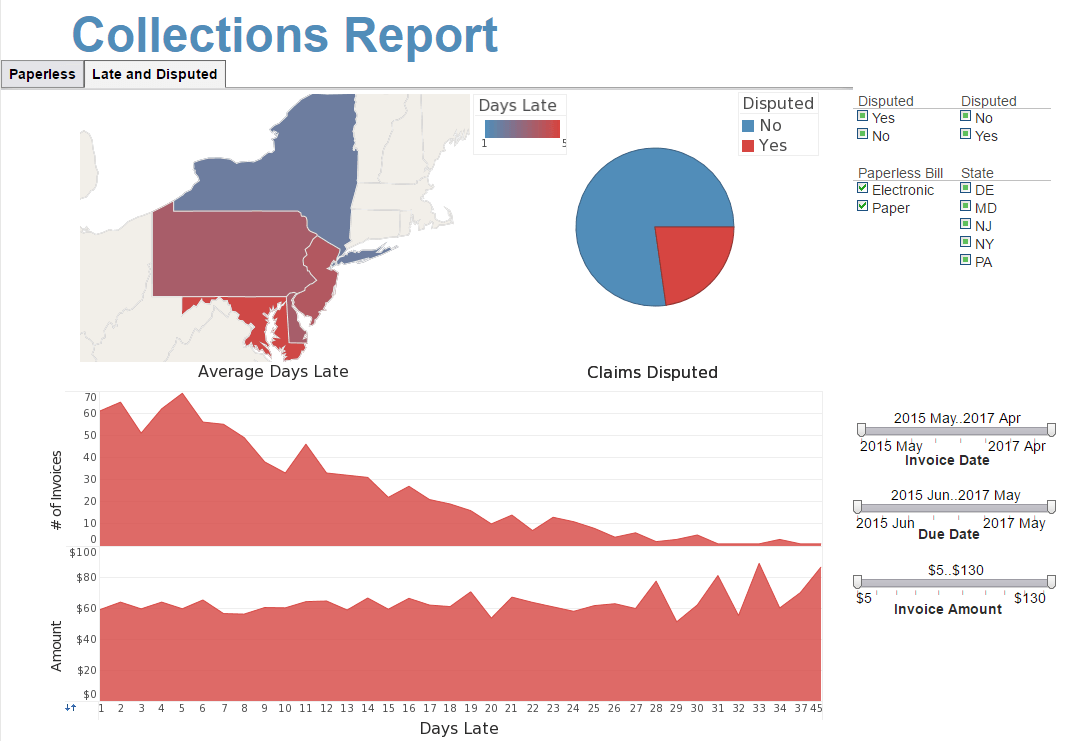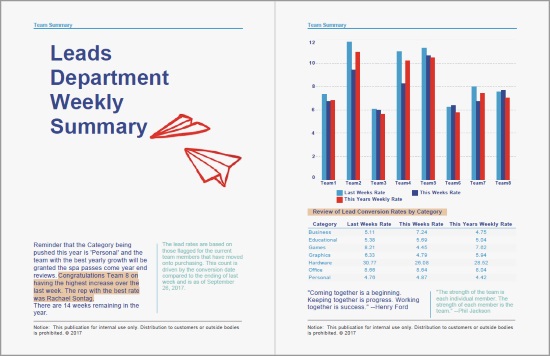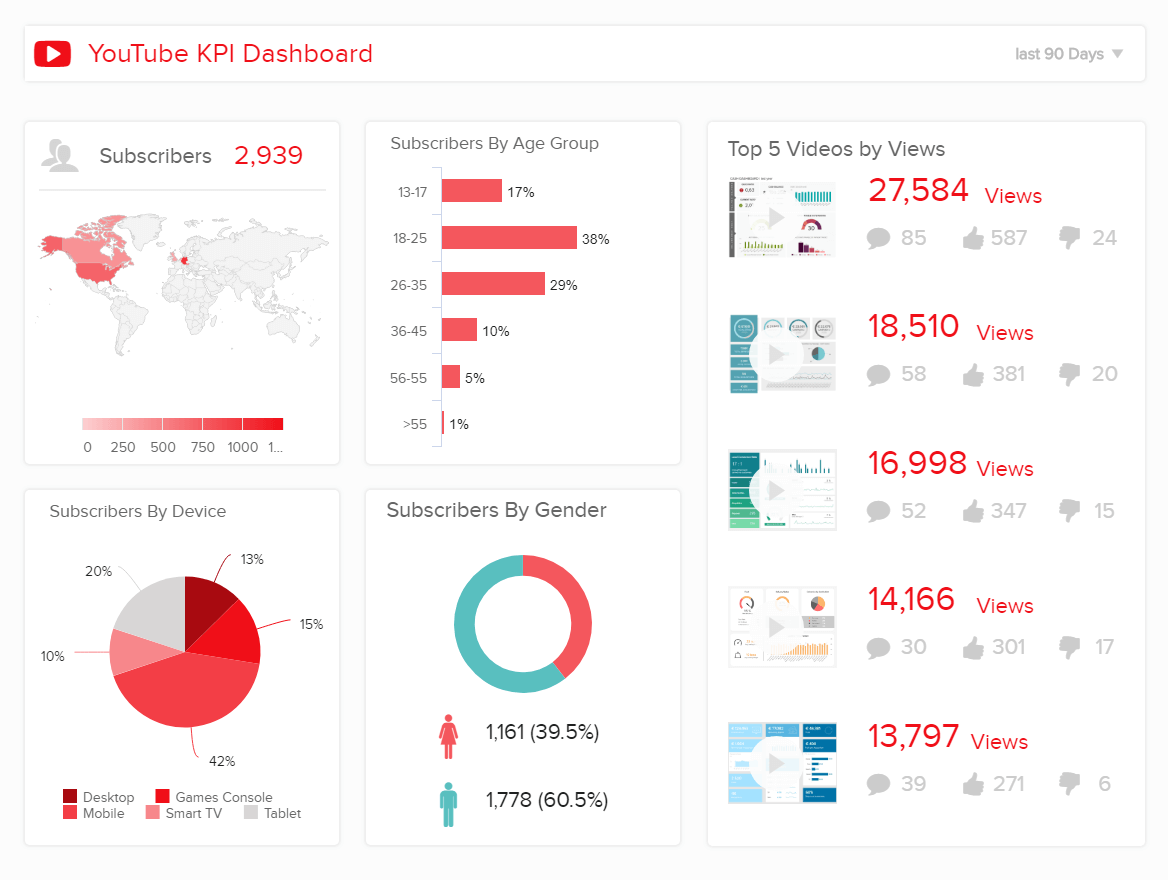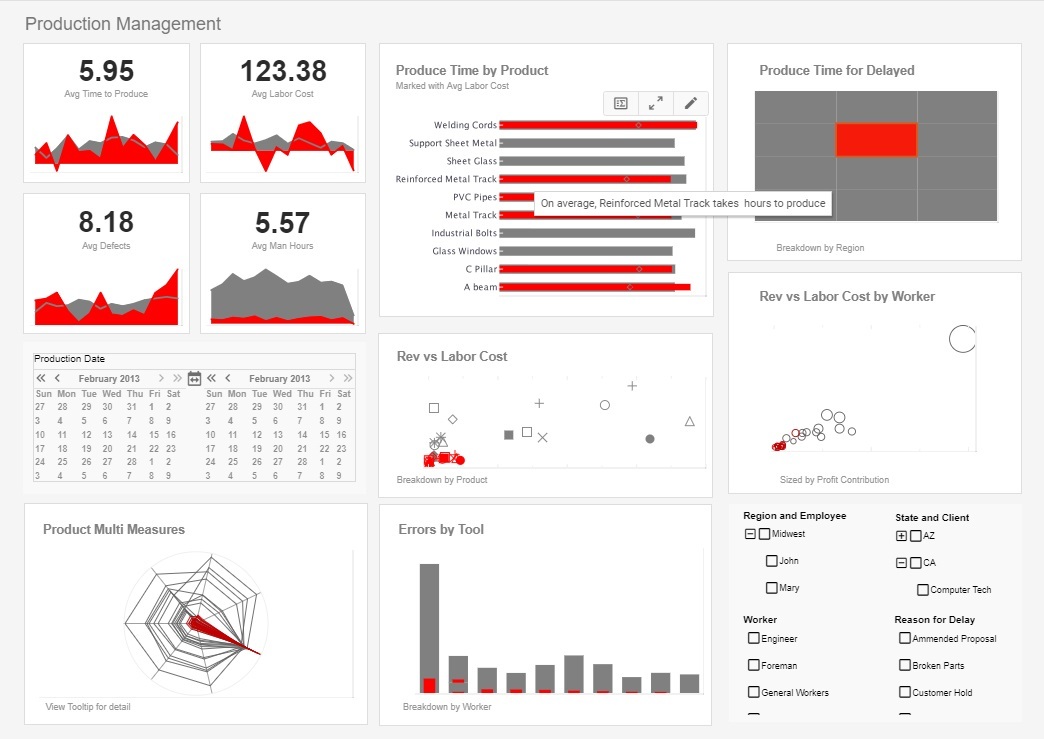Top 20 Management Reporting Best Practices 2025
Contents
Estimated Reading Time: 35 minutes
What Does a Management Report Contain?
Management reporting uses data gathered from several departments, units, and cost centers within a company, through EPR and CPM to facilitate decision-making processes. With the help of management reporting, business leaders can draft a well defined and data-driven judgment.
This article will not only define management reporting but also given different perspectives related to the topic. Various examples of management reports will be illustrated, fundamental practices will be explored and the benefits of digital dashboards will be examined. Accessing digital data that is available to a business and optimally mining its benefits elevates a business leader into a position where he/she can make plausible management decisions, which will eventually propel the business into success.
In making a management report, it is necessary to pick key relevant KPIs, which will be displayed on the dashboard.
It is also recommended to have a clear storyline in contemporary management reporting. collaborating with different experts to form a team that exists in a healthy niche, embracing data driven ideas that rejuvenate the business.
Knowledge is an invaluable asset for a business and a business that is data-driven has a great advantage over its competitors. Combining this strategy with BI software, which gives one the power to analyze data in real-time, is a competitive advantage that every business deserves to reap.
Introduction to Managerial Reporting
Management reporting helps businesses make strategic decisions, often using data gathered from several departments, functions, and cost centers, through Enterprise Resource Planning (EPR) and Corporate Performance Management (CPM). With the help of management reporting, business leaders are able to formulate more refined and data-driven decisions. However, the efficiency of the reports can only be guaranteed by the hard work that is done during their preparation and presentation. This article illustrates different aspects of management reports which are credited as the basis of business intelligence.
The framework as well as context of management reports is given considerable attention in this article. Additionally, 20 paramount fundamental practices that can be employed to ensure the reports are efficient are also illustrated. This article also contains examples that demonstrate these practices in the preparation and establishment of first-rate standardized and successful reports, mostly done through online reporting tools. Fundamentally, the aim of this article is to highlight how to formulate resourceful, well-organized, and standardized managerial reports for efficient comprehension by business leaders and other concerned stakeholders. However, before discussing the larger aspects of management reports, it is imperative to understand what management reporting is.
